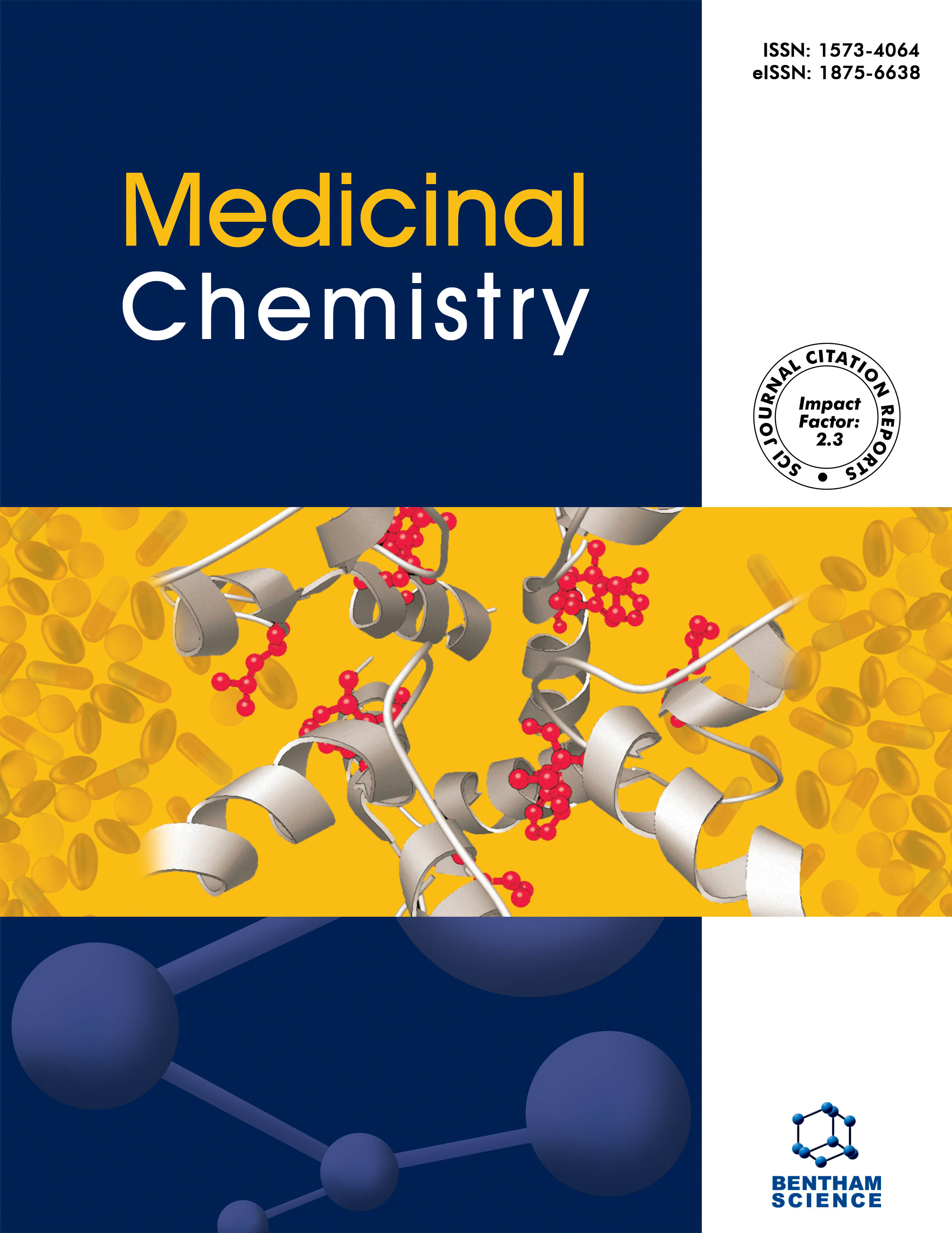
Full text loading...
We use cookies to track usage and preferences.I Understand
Chagas disease has an ineffective drug treatment despite efforts made over the last four decades. The carbonic anhydrase of Trypanosoma cruzi (α-TcCA) has emerged as an interesting target for the design of new antiparasitic compounds due to its crucial role in parasite processes.
The aim in this study was identify potential α-TcCA inhibitors with trypanocidal activity.
A maximum common substructure (MCS) and molecular docking were used to carried out a ligand- and structure-based virtual screening of ZINC20 and MolPort databases. The compounds selected were evaluated in an in vitro model against the NINOA strain of Trypanosoma cruzi, and cytotoxicity was determined in a murine model of macrophage cells J774.2.
Five sulfonamide derivatives (C7, C9, C14, C19, and C21) had the highest docking scores (-6.94 to -8.31 kcal/mol). They showed key residue interactions on the active site of the α-TcCA and good biopharmaceutical and pharmacokinetic properties. C7, C9, and C21 had half-maximal inhibitory concentration (IC50) values of 26, 61.6, and 49 μM, respectively, against NINOA strain epimastigotes of Trypanosoma cruzi.
Compounds C7, C9, and C21 showed trypanocidal activity; therefore, these results encourage the development of new trypanocidal agents based in their scaffold.

Article metrics loading...

Full text loading...
References


Data & Media loading...
Supplements

